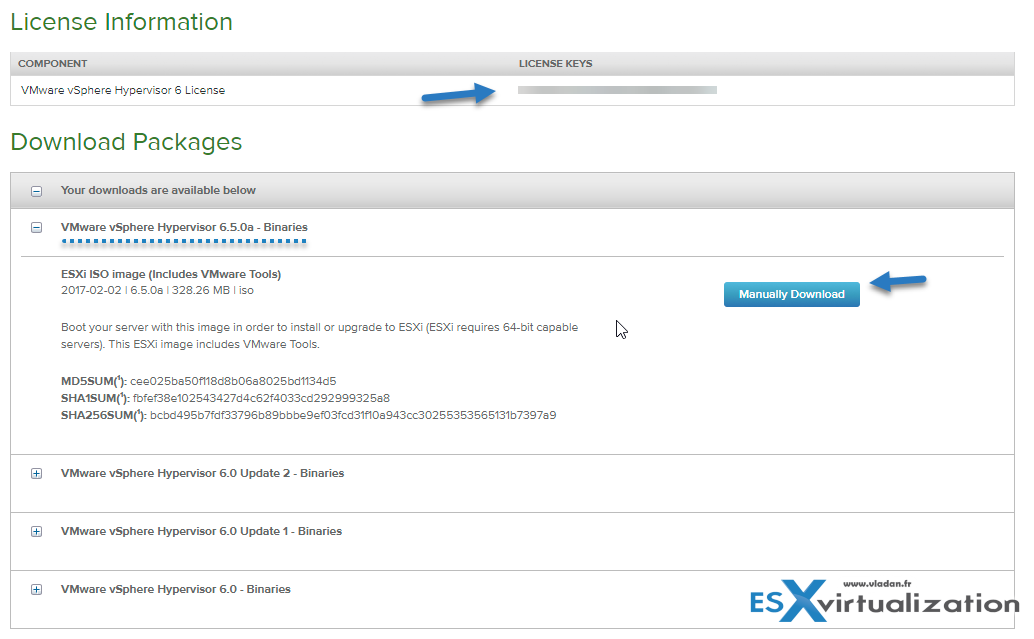
#Memory ballooning vmware esxi 5 free#
It should go to Free so it can be reused. I’m not sure Ballooned pages are accounted in Consumed, although logically it should not. Consumed contains pages that were touched in the past, but no longer active.

Active is an estimate of recently touched pages. Check this value only if you suspect ESXi triggers ballooning too early.ĮSXi memory region can be divided into three: Used, Cached and Free This value varies in hosts with different RAM configurations. The Low Free Threshold (KB) counter provides information on the actual level below which ESXi will begin reclaiming memory from VM. If you actually see balloon, that means there is limit imposed. Using the above, you will not have any VM memory swapped as you won’t even hit the ballooned stage. Target ESXi memory utilization = 99% x 11 / 12 = 90.75% (during normal operations).Target ESXi memory utilization = 99% (when HA happens or planned maintenance).In addition, the spare host you add to cater for HA or maintenance mode will help in lowering the overall ESXi utilization. Unless you are deliberately aiming for high utilization, all the ESXi should be in the high state. ESXi StateĪs you can see from all the 3 ESXi, balloon only happens after at least 99% of the memory it utilized.

Using the example above, let’s see at which point of utilization does ESXi triggers balloon process. There is many website to help you with this, such as this. The State counter has five states, corresponding to the Free Memory Minimum (%) value ESXi Stateįirst, we calculate the Free Memory Minimum value. This is tracked by a counter called State. ESXi begins taking action if it is running low on free memory. The VM is feeling the side effects of the contention, and the degree of contention depends on each VM’s shares, reservation and utilization. We know that contention happens at hypervisor level, not at VM level. Assuming you’re not using Limit to artificially cap the resource, you should ensure that the balloon amount does not cause VM to experience contention. Poor VM performance only happens when the VM experiences contention.īalloon is a leading indicator that an ESXi is under memory pressure, hence it’s one of the primary counters you should use in capacity. Even the presence of swapping out does not mean VMs are performing poorly when the swapped memory is not being accessed by the OS. Just because the host is low on free physical RAM does not mean that the VMs are performing poorly. So the Consumed counter will be near 100% in overcommit environment. Just like any other modern-day OS, VMkernel uses RAM as cache as it’s faster than disk.

Total is the hardware memory as reported by BIOS to ESXi.Total = VMkernel + VM + Overhead + Free, where: I had to stitch multiple screenshots so you can see them in one view. As a result, a cluster of 8 ESXi can have > 800 counters just for ESXi RAM! Most of them are not shown as a percentage, making it difficult to compare across ESXi with different memory sizes. VMkernel has around 50 processes that are tracked.
#Memory ballooning vmware esxi 5 plus#
VCenter provides even more counters at ESXi level: 38 counters for RAM plus 11 for VMkernel RAM.


 0 kommentar(er)
0 kommentar(er)
